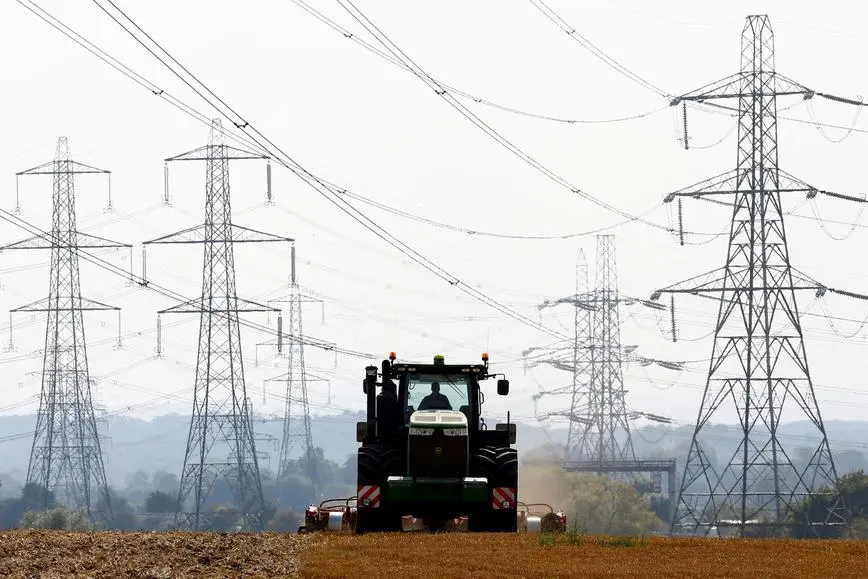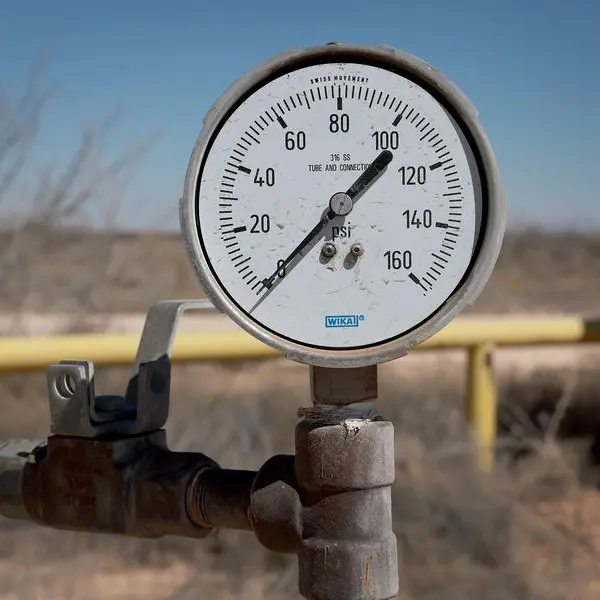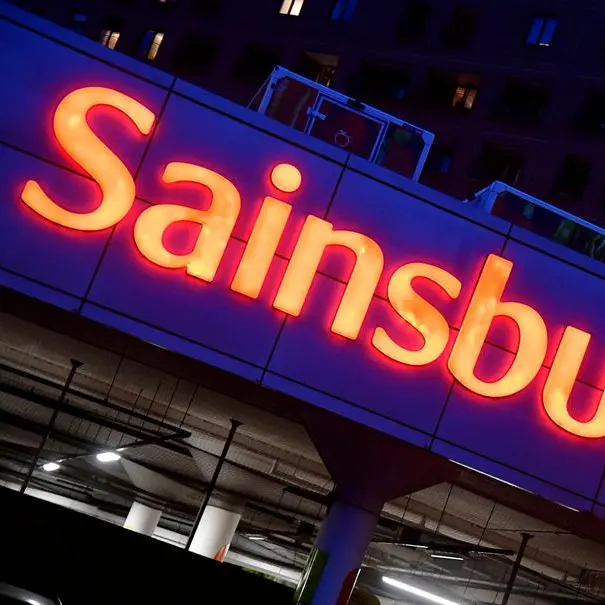PHOTO
Delays to bringing new power generation online will lead to a "crunch point" for energy security in Britain by 2028, a study commissioned by power plant operator Drax and published on Tuesday showed.
By 2028, the UK's demand for power is set to exceed dispatchable and baseload capacity by 7.5 gigawatts (GW) at peak times such as winter evenings, the analysis by Public First for Drax found.
Dispatchable capacity refers to power sources that can be turned up, or on, at peak times from storage options such as batteries, while baseload sources, such as nuclear, run all the time.
This was double the gap of 4 GW seen in 2022 and a result of a "perfect storm" of an increase in demand, the retirement of existing assets, and delays to the delivery of the Hinkley Point C nuclear power plant, it added.
When including intermittent sources of energy such as wind, solar and interconnector cables to other countries, 2028 will see a 5 GW supply surplus, but down from 8.5 GW over the period 2024-2027, the study showed.
The report is published to coincide with an auction on Tuesday, which seeks to procure 44 GW of available power generating capacity for the years 2027-28.
The margin between the targeted capacity and the 43.4 GW of generation that has entered the auction is the tightest since the auctions started ten years ago, Drax said.
The next British government needs to take additional action to make up the shortfall, although options were limited, the study found.
"The two most viable are to extend the life of existing assets, for example, nuclear or biomass, and simultaneously to manage energy demand," it said.
Drax has a large biomass power plant operation in Britain in addition to hydropower assets, which it plans to expand. (Reporting by Nora Buli in Oslo; Editing by Sharon Singleton)





















